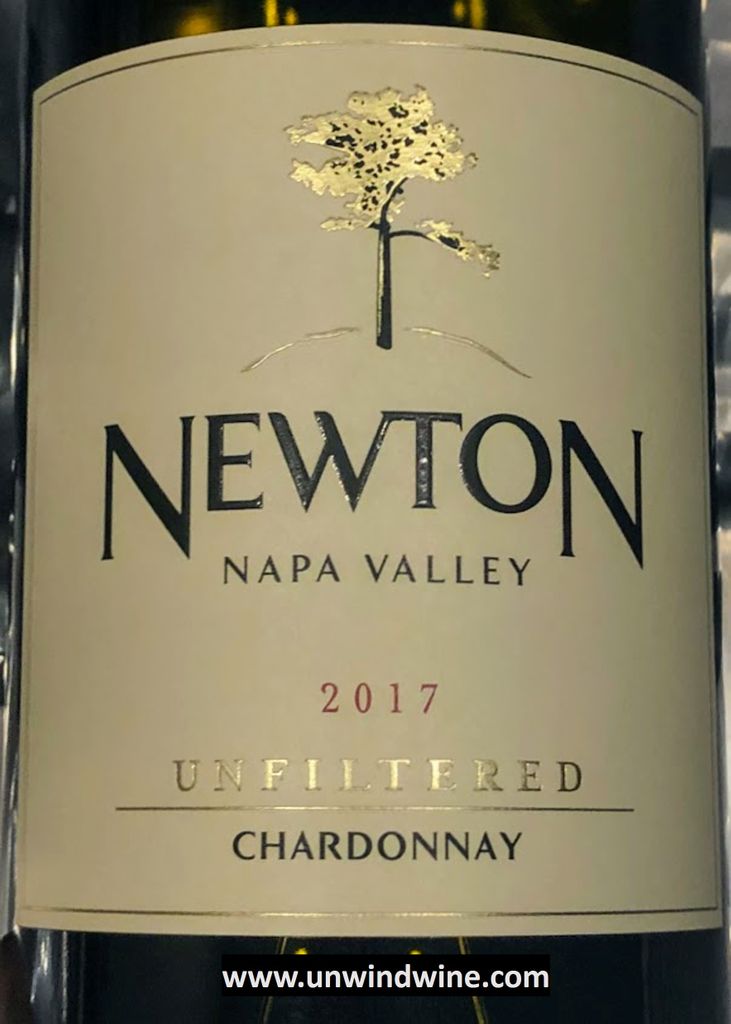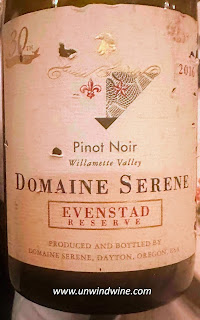Spectacular Memorable Anniversary Celebration St Regis Miru Chicago
For our wedding anniversary we spent a spectacular night in our beloved Chicago doing many of our favorite destinations' activities.
We stayed at the new St Regis Hotel in the magnificent new Jean Gang designed tower, the second tallest building in Chicago - home of the skyscraper and city of tall buildings. (Officially, the equally magnificent Trump Tower (shown in background up the river) is second tallest when you take into account the tall spire atop the tower, which is considered inclusive in determining the building height.)The St Regis Tower was designed by architect Jean Gane and extends the street wall of Upper Wacker Drive on the south bank of the Chicago River. It is a $1 billion, 1.9 million-square-foot condo-hotel with 393 condos and 192 hotel rooms.
Originally known as the Vista Tower until St Regis took over as lead tenant and thereby acquiring the naming rights, it is now the tallest building in the world designed by a woman. It sits on the same block as the Gang designed picturesque 82-story Aqua Tower, whose wavy concrete balconies were inspired by the layered topography of limestone outcroppings along the Great Lakes, which used to hold that title.
The unique intricate St Regis/Vista tower design consists of three towers of 48, 72, and 101
stories with staggered undulating 12-story pyramids, alternating right side up and upside down.
There is a lower 11 story tower to the east and the central tower front has an 11 story cube abutting the front, suspended two floors above
street level linking Upper Wacker
Drive to the north with East Waterside Drive and the Lake Shore East Park to the south.
The Miru Japanese French fusion cuisine & innovative desserts are prepared by Miru Chef Hisanobu Osaka (of Morimoto, Daniel) and Netflix’s School of Chocolate winner, Pastry Chef Juan Gutierrez.
The Miru extensive menu offers over sixty small plates from which we chose the following selections:
Bluefin Tuna & Crispy Shiso Sesame Vinaigrette
Chilled Torchon of Foie Gras with Rhubarb, Ichigo
Lobster Spring Roll Thai Orange Sauce
Waygu Beef Center Cut Beef Filet
followed, of course, by deserts .....
Calamansi Crème Brûlée - Madagascar Vanilla Bean Crème Brûlée, and a very unique
Black Sesame Mochi - Charcoal Vanilla Ice Cream with Black Sesame Praline and Mochi Sponge
Every course was spectacular - delicious, imaginatively prepared and presented, and the service was outstanding in every respect. We look forward to returning and dining when we have more time to explore the cuisine in more depth, without the tight schedule of a theatre reservation.
For our wine selections we had the Cremant d'Alsace Camille Braun Miru Special Selection Champagne, French Burgundy Pinot Noir followed by Yamahi Junmai Genshu "Ancient Treasure" Niigata (Sake).
Cremant d'Alsace Camille Braun, "MIRU Spécial Sélection", NV
This is from the Braun family whose presence in Alsace dates back to 1583. Since then, generations of farmers and wine growers have followed one another. The Braun family estate was established in Orschwihr in 1902, with the purchase of a 17th Century farmhouse.
The Brown estate is located in south-central part of Alsace, midway between Colmar and Mulhouse, where Orschwihr has been known for quality wines since the middle ages.
Roughly 90% of the domaine’s production is sold directly to private customers leaving very little available for sale beyond western Europe. Crémant sales havae been surging in France in reent years and are beginning to do so in the U.S however quantities imported to the US Market are limited.
Wine Enthusiast gave this label release 92 points and writes: "A very subtle nose is promising with its hints of ripe red apple, gentle shortbread and lemon zest. The palate presents that very same harmonious and fresh picture, enhanced by the finest fizzing creaminess of the mousse and the integrated yeastiness that can only stem from sufficient time on lees. This is a paradigm of balance and understated elegance." - Anne Krebiehl MW, Nov 2018
Jacques Girardin, "Maladière", Santenay ler Cru, Pinot Noir 2019
The Girardin family has been in Burgundy since 1570 where today, Domaine Jacques Girardin is a family affair with a winemaking heritage that stretches back to the beginning of the 19th Century, Jacques (brother of Vincent) now runs the 142 acre family domaine together with his wife, Valérie, and son Justin.
The entire Girardin family are renowned winemakers, including Jacques’ father Jean, and his brother Vincent. Jacques has been producing wine from his own domaine since 1978. Valérie & Jacques (12th generation) & their son Justin (13th generation) manage the 42 acre domaine which goes from Santenay to Savigny les Beaune, passing through Chassagne Montachet and Pommard.
The estate, located in Santenay, produces three Premier Cru red wines in Santenay, Clos Rousseau, Les Maladières and Clos Beauregard, Savigny-lès-Beaune Premier Cru “Les Peuillets,” as well as Pommard Village and Bourgogne Pinot Noir.
They also produce a Santenay Blanc, Bourgogne Blanc, and a small amount of Chassagne-Montrachet Premier Cru “Morgeot.”
The name Maladière comes from the nearby Maladière of Chagny hospital. This is a sunny, warm site, its wines typically spicier, with darker berries. It is a south-east facing vineyard, with deeper soils, located in the centre of the appellation.
Maladière is a very common name for hamlets in Burgundy. It comes from maladrerie, hospitals that date back to medieval times.
La Maladière of Santenay is a parcel given by a noble to the maladrerie of Chagny, probably before the XIIIth century.
Between Santenay and Santenay le Haut is this climate halfway up the hill, exposed to the southeast with a thin soil which gets more and more clayey downhill producing wines from this climate taht are extremely fine and complex.
The average age of the vines is 45 years, planted 100% to Pinot Noir. It was aged fifteen months in French oak barrels, Allier and Vosges, 20 % of new oak.
Winemaker Notes - "Fresh and elegant nose with dark fruit aromas– black and red currants,
blackberries, plums. Supple wine, lightly structured, fruity and fresh.
Classic Pinot Noir with a touch of Burgundian earthiness in the elegant
finish."
https://www.cellartracker.com/wine.asp?iWine=4741415
With desert we had this interesting and distinctive Japanese desert Saki.
Yamahai Junmai Genshu "Ancient Treasure", 12 Year Kanbara Niigata
I
know nothing about Sake and was intrigued to try this since it is offered and recommended in such a fine dining reputable establishment.
It is considered in the Sake Junmai Category and Subcategory Yamahai, Genshu, Koshu.
Sake classification levels are determined by the percentage the rice is milled before the brewing process. In general, the more you polish (or mill) the rice, the more aromatically expressive the sake becomes (the rice polishing rate expresses the amount remaining, so lower numbers translate to higher polishing).
Junmai is premium sake that is made only from rice, water, and koji enzymes. Although most junmai sake meet a polishing minimum of at least 70%, there is technically no minimum polishing rate designated to this category. Junmai sakes are often considered rustic and full bodied, with pronounced umami.
It is produced from the Rice variety Yamadanishiki, Koshitanrei.
I asked how it acquires its colour and our server told us it from aging in plum barrels.
This unique sake is a 12 years aged (approximately-- the brewer uses a solera system of fractional blending, think of it like a mother sauce), and is made of 99% koji rice, aged in tank. The 99% koji and low polishing of the rice (90%), plus brewing with the high-acidity yamahai method, give the sake enough sweetness, structure and acidity to stand the test of time. Why 99% koji and not 100%? Because that inclusion of 1% plain steamed rice lets it legally qualify as sake in Japan.
Kaetsu
Shuzo calls this style “jijoshu,” which is a term they invented, as it
has much more acidity and glucose than most koshu but is not technically
kijoshu. Dr. Sato of Kaetsu heads a society dedicated to studying the
aging of sake and has been doing it longer than most (actively brewing
>50 years now!)
Kaetsu's Kanbara brand (of Kanbara Junmai Ginjo Bride of the Fox)
was created to make non-Niigata styles of sake (their original brand,
Kirin, is much more Niigata-like). Kaetsu exports most of their Kanbara
production to europe and the US.
After our early dinner we attended MJ The Musical at the magnificent Nederlander Theatre.
Back at the hotel we were treated to Champagne, French Macarons, artisan Chocolates and Cheese.
This sweet meringue-based biscuit-cake made from egg white, powdered
sugar and almond flour, is quintessentially French were fresh and flavorful.








































